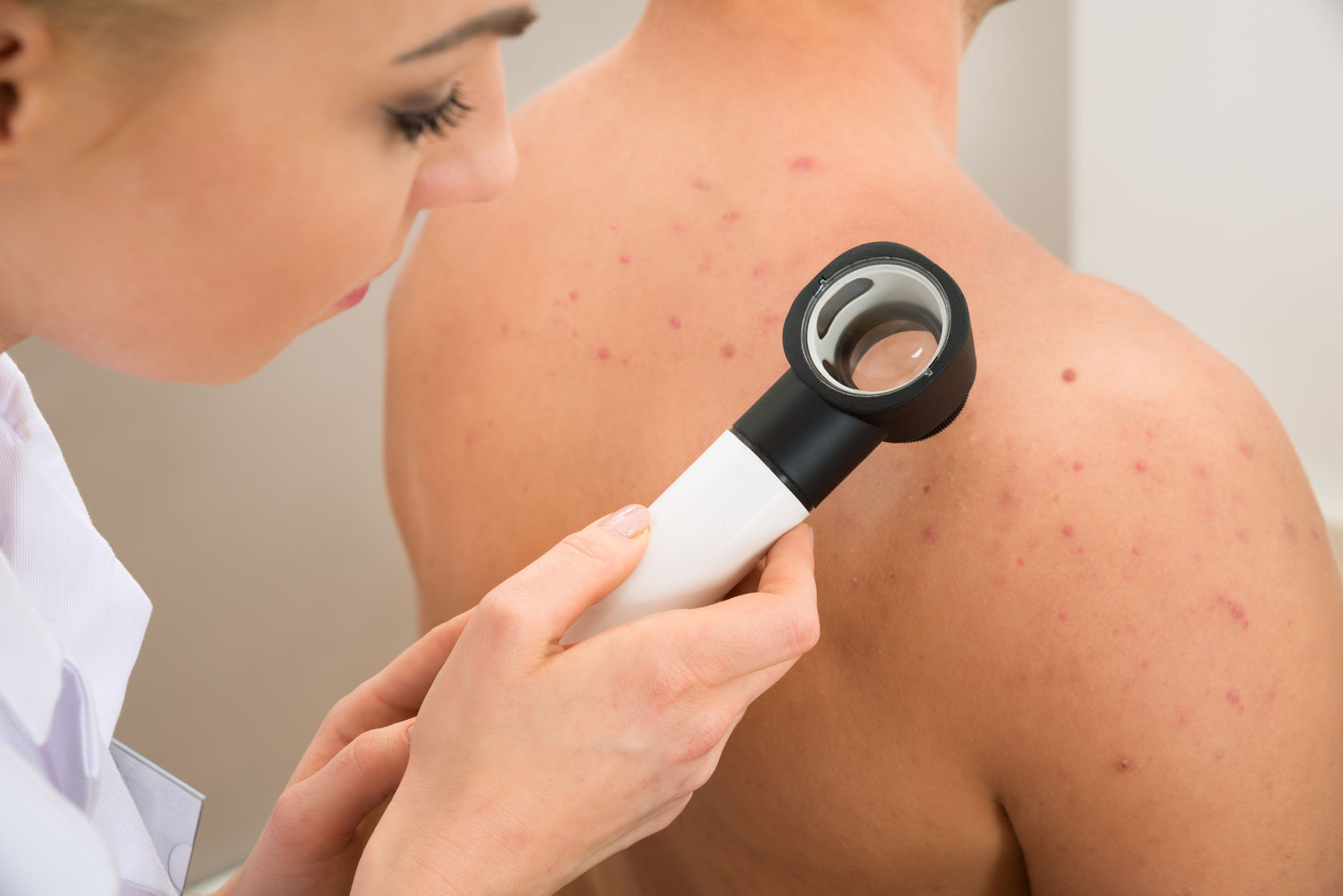What is melanoma?
Melanoma is the usually, not always, a cancer of the skin. It is the deadliest type skin cancer, with over 13,000 Australians being diagnosed with the condition each year. In Australia, one person will die from melanoma every 6-hours. Melanoma can be treated if it is detected early. It has a survival rate of over 98% for melanoma detected in its earliest stages.
It is quite alarming to learn that melanoma is the leading cause of cancer death in women aged between 25-30 years old, and the second leading cause of cancer death in women aged between 30-35 years old. That pretty much is the demographic of 75% of our organisation! I personally had never even heard of melanoma until the Cancer Council aired their TV ad about Clare Oliver’s melanoma story – a young lady who died from melanoma which was developed from frequent visits to the tanning salon.
What causes melanoma?
Research suggests that a combination of family history, genetics and environmental factors can cause melanoma, with approximately 90% of melanoma cases linked to the exposure of ultraviolet (UV) rays from natural sources such as sunlight, or artificial sources such as indoor tanning beds. This does not mean that if you were never exposed to the sun or any UV light that you won’t develop melanoma as research has found that neither mucosal melanoma, nor ocular melanoma are linked to UV exposure. These two types of melanoma are also not considered preventable.
According to the Melanoma Research Foundation, you may be at a higher risk of developing melanoma if you have at least 5 of the criteria listed below:
- Fair skin, light hair (blonde or red) colour, light eye colour;
- Tanning bed use (especially before the age of 30);
- Exposure to UV radiation
- Family history of melanoma;
- Sunburns at a young age;
- High number of moles;
- Previous melanoma diagnosis;
- Weakened immune system;
- Previous non-melanoma skin cancer diagnosis.
Make sure you do not delay consulting with your physician to find out if you are at an increased risk of melanoma and what steps you can take to prevent it.
What can you do to reduce the risk of developing melanoma?
Effective prevention is a two-fold process – by reducing and limiting the UV exposure from both natural sunlight and artificial sources, and by getting regular check-ups by your physician.
You can reduce and limit your UV exposure by:
- Generously applying sunscreen to all exposed skin, even on cloudy days;
- Wear protective clothing – a long-sleeved shirt, pants, a wide-brimmed hat and sunglasses as much as possible;
- Seek shade when possible – remember that the sun’s rays are the strongest between 10am and 4pm;
- Be extra cautious when you are near reflective environments – water, snow and sand reflect and magnify the damaging rays of the sun, increasing your chance of sunburn which increases your risk of developing melanoma and other types of skin cancer;
- Avoid intentional tanning and indoor tanning beds – current research indicates that there is no way to get a tan through UV exposure without increasing the risk for skin cancer (read more here);
- Get plenty of vitamin D; and
- Be aware of your medications – certain prescription medications and over-the-counter drugs can increase your skin’s sensitivity to sunlight which can increase the likelihood of sunburn.
Is there any technology that can detect melanoma earlier?
Watson™ is cognitive technology developed by IBM which has the potential to help clinicians by detecting cancers earlier and more accurately. Watson™ is learning to use 6 key data points to analyse images and determine the probability of melanoma:
- Colour – Watson™ analyses a skin mole and searches for the presence of any of the six suspicious colours, which range from tan to black. The more colours are identified, the higher the risk of melanoma.
- Border irregularity – Watson™ divides skin moles into eight regions. It assesses the irregularity of their bordres and assigns them a score. A total score is then calculated for the particular mole. The higher the score, the higher the likelihood of melanoma.
- Asymmetry level – Watson™ analyses the major and minor axes of a skin mole to determine whether it is fully symmetrical, half symmetrical or fully asymmetrical. The more asymmetrical the mole, the higher the risk of melanoma.
- Globule and network – Watson™ inspects the skin mole for the presence of any globular, network or two patterns that are indicative of a potential melanoma, and calculates a percentage. The higher the percentage, the higher the risk.
- Similar images – Watson™ searches its database for an image similar to the skin mole being analysed and considers the prior diagnosis of this image.
- Melanoma score – Watson™ scours through thousands of historical images in the database in a matter of seconds and uses an algorithm to assign a melanoma score to the skin mole being analysed. The higher the score, the higher the likelihood of melanoma.
It is really amazing what IBM has come up with which can change so many people’s lives.
IBM has partnered with MoleMap and the Melanoma Institute Australia to help improve what Watson™ is capable of achieving. IBM has been remarkably revolutionary. Having researched their latest innovations and contributions to the health care industry, we are incredibly amazed at the technologies they have formulated which has transformed many patients and clinicians’ lives.
Not only have they worked with the PinnacleHealth and Waypoint to evaluate the risk of re-admission for patients with chronic obstructive pulmonary disease with 85% accuracy to enhance patient outcomes and lower costs, but they have also worked with the National Institutes of Health to generate quicker, more thorough insights from volumes of data to uncover new patterns of disease and effective treatments which improves patient care!
We are profoundly excited for IBM’s future innovations, especially for the health care industry and are certain they won’t fail to impress us!
Don’t delay getting checked out, whether it be for melanoma, or any other health issue you think you might have. The earlier a physician is able to diagnose you, the better your chances are of fighting it.
If you do have a story you would like to share about melanoma, use the hashtag #outthinkmelanoma on social media. Your story could help others who are also dealing with a similar battle and it will also increase Watson’s ability to learn more about melanoma (even from unstructured data such as social media posts)!













